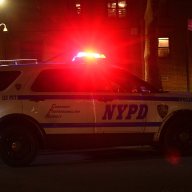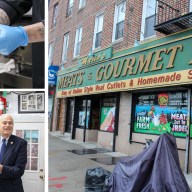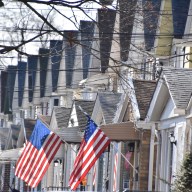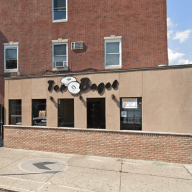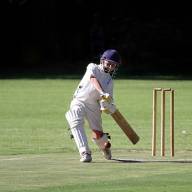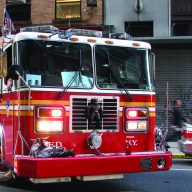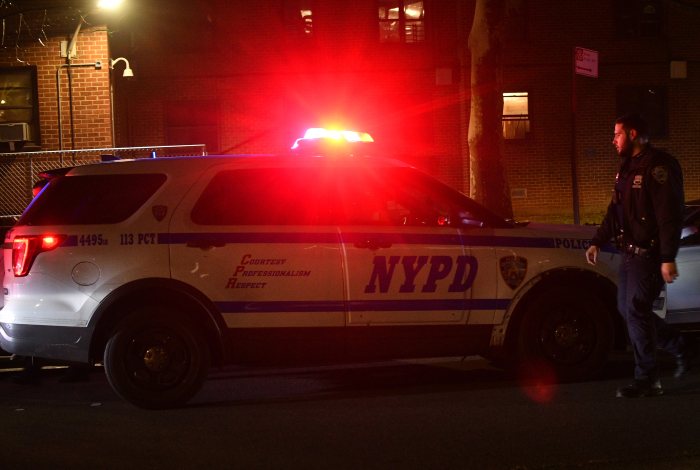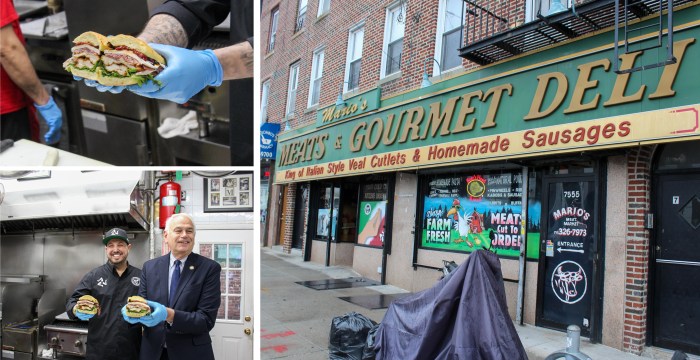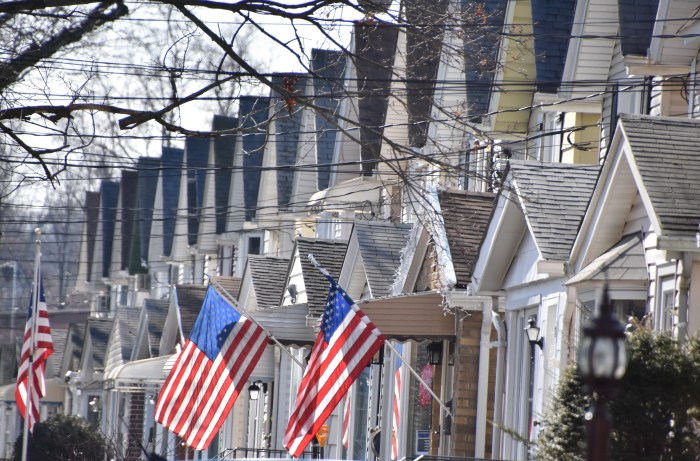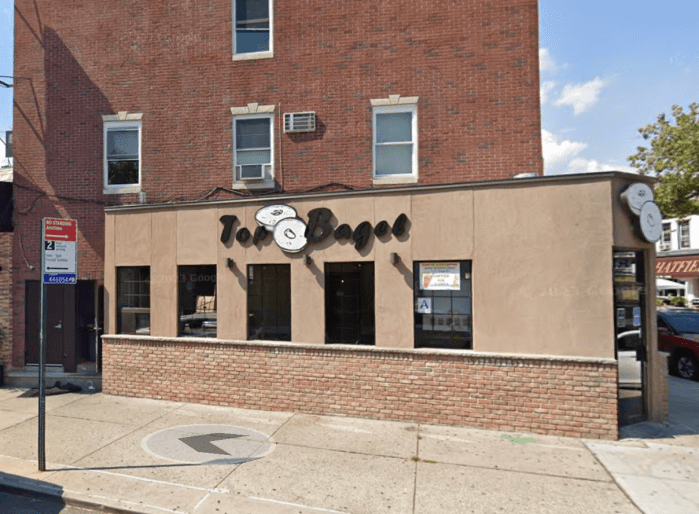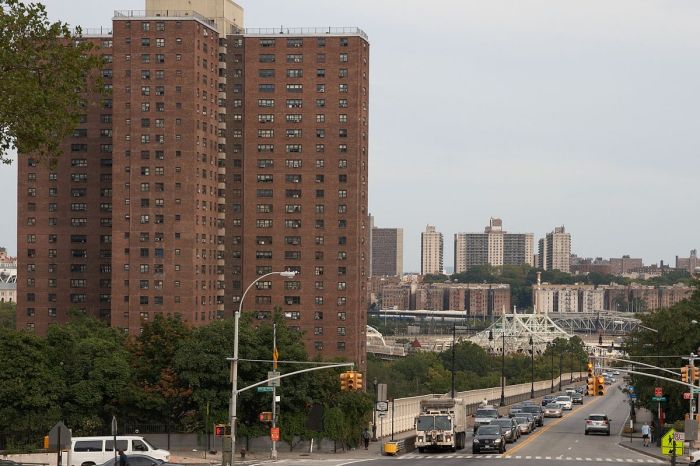By Dustin Brown
Members of the U.S. Olympic Committee embarked on a two-day tour of the city Tuesday to evaluate New York’s proposal to host the Summer Olympics in 2012 — a plan some Queens activists are fighting because of changes it would bring to Flushing Meadows Corona Park.
At a news conference Monday morning in anticipation of the visit, Mayor Rudolph Giuliani described the Olympics as a perfect event for the city and offered assurances that the major capital improvements required for the Games could be easily completed by the 2012 deadline.
“New York City is the safest large city in America,” Giuliani said. “It’s a place that handles large gatherings and large demonstrations better than any place else in the country.”
The USOC’s Site Evaluation Team spent Tuesday and Wednesday considering the plan drafted by NYC 2012, the organization Giuliani authorized to submit a bid for the Olympic Games on behalf of the city.
The news conference was held on a balcony above the Queens Museum’s panorama of New York City, a 9,400-square-foot scale architectural model that depicts the five boroughs as if seen from an airplane. With a bird’s-eye view of the city in miniature, NYC 2012 founder Dan Doctoroff joined Giuliani to offer a preview of the USOC’s New York tour, which was to be conducted privately without media observation.
The hallmark of the bid is a proposed transportation system called Olympic X designed to rapidly move Olympic participants to their venues without ever putting them on city streets or subways.
Blue neon lines shooting along the panorama marked each axis of the “X” — a north-south ferry route through the East River and an east-west commuter rail path from Queens to New Jersey — along which every competitive venue would be located. The two lines cross at Queens West, a public-private development project on the Hunter’s Point waterfront where the Olympic Village would be set.
Olympic venues were represented on the map with large incandescent towers with Queens having more such towers than any other borough.
The proposal calls for many of the Olympic water competitions to be held at the Astoria Pool and at Flushing Meadows Corona Park. Both sites would have to undergo extensive renovations to accommodate Olympic-scale competition.
Although naysayers have questioned whether New York could complete all the necessary capital improvements between 2005 — when the host city for the Games will be selected — and 2012, Giuliani cited the recent construction of two minor league ballparks as evidence of the city’s ability to handle development projects quickly.
“The time period is quite an extensive one compared to the time periods we usually have to get things done,” Giuliani said.
Doctoroff said the price tag for the Games — including $2.1 billion in operation costs and $1.2 billion to make major capital improvements to sports venues throughout the city — would be financed without any public funding through ticket sales, television rights and private sources.
The proposal to combine Meadow Lake and Willow Lake to create a Regatta Center at Flushing Meadows Corona Park has drawn the ire of community activists, who say the environmental impact would mean years of review and disrupt communal parkland that is actively used by Queens residents and visitors.
Pat Dolan, vice president of the Queens Civic Congress, told a public forum last week that her coalition “will oppose any effort to site the water sports at Flushing Meadows and around those lakes.”
Dolan urged NYC 2012 to find an alternative site and withdraw its proposal to host water sports at the park.
The USOC is expected to pare down the list of American contenders before the 2002 Winter Olympics in Salt Lake City, and will choose the candidate city in the fall of 2002. The International Olympic Committee will select the host of the 2012 Games in the fall of 2005.
Reach reporter Dustin Brown by e-mail at Timesledger@aol.com or call 229-0300, Ext. 154.







